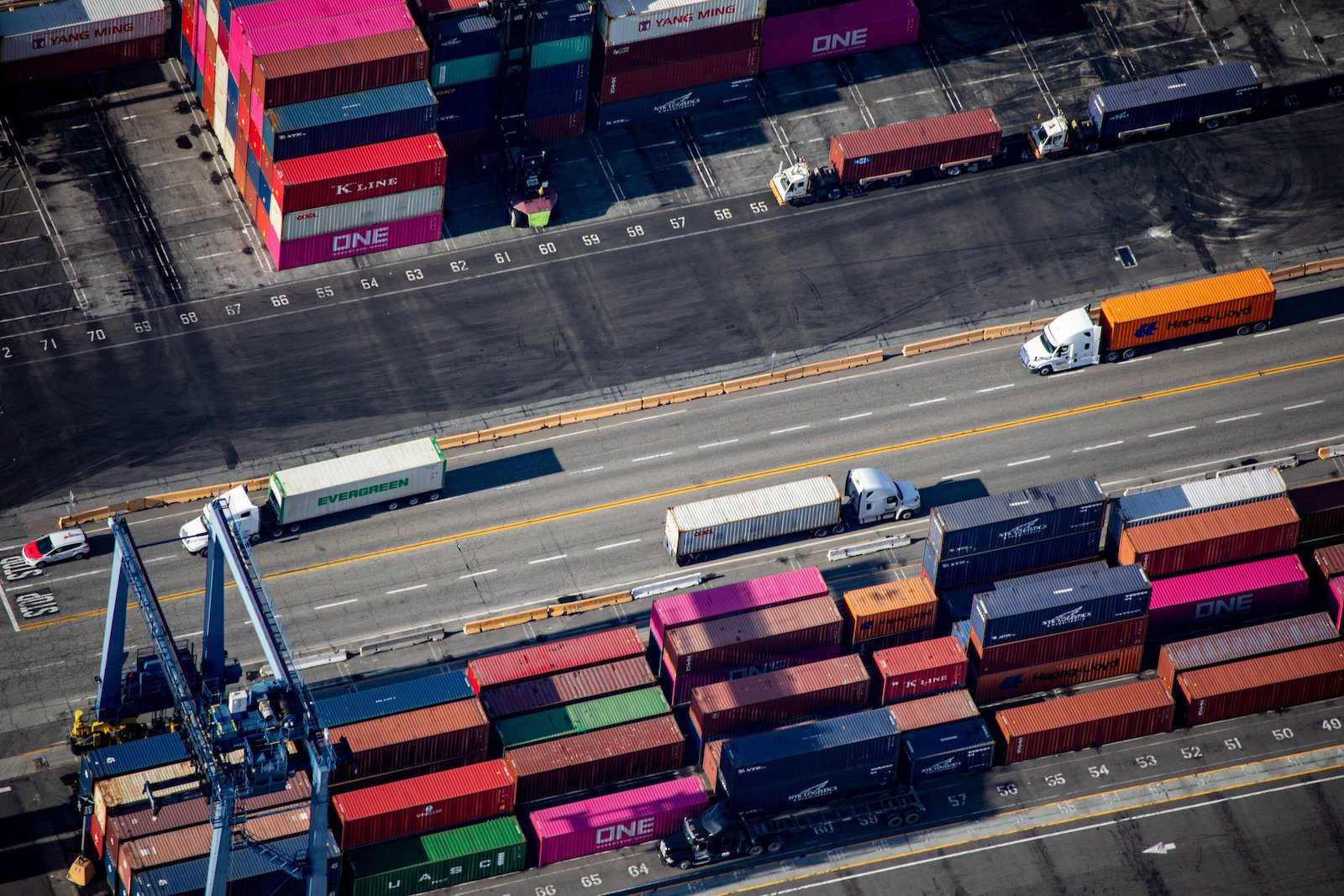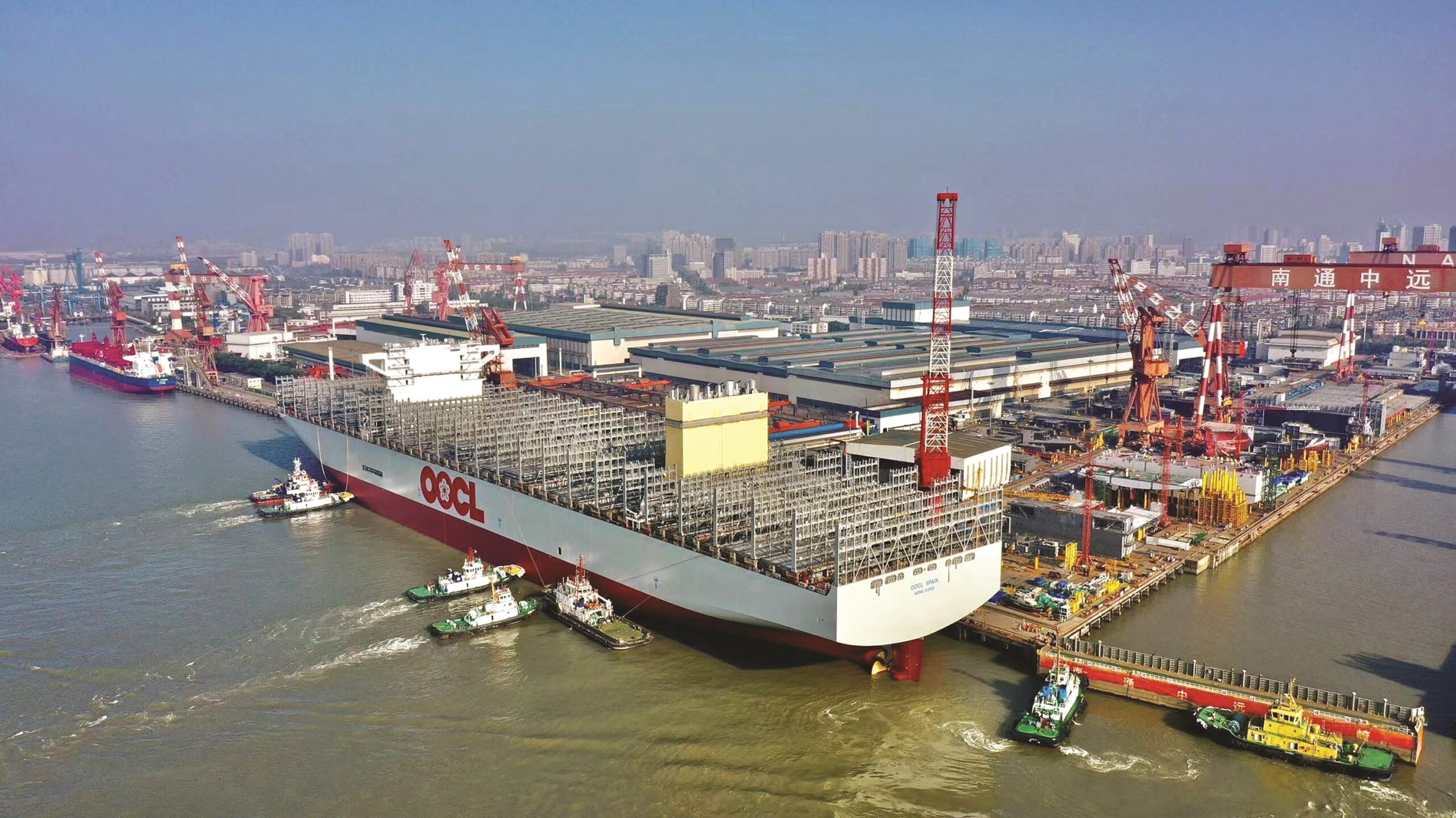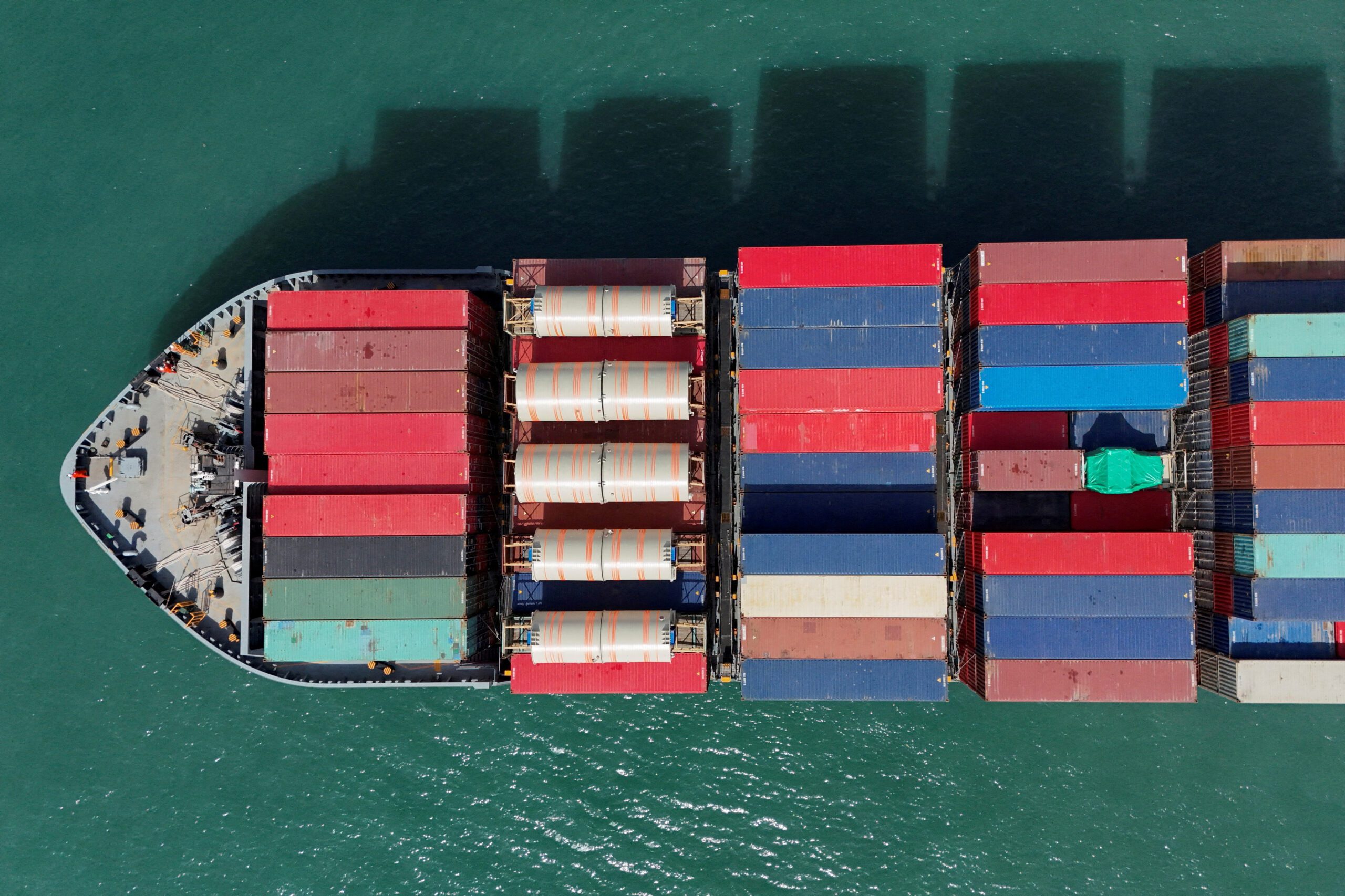Sweeping new ‘Liberation Day’ tariffs set to be announced by President Donald Trump could significantly transform global shipping patterns, though experts predict limited immediate impact on near-term liner freight rates.
The Trump Administration’s tariff push, which comes at a crucial time when U.S. shippers are negotiating long-term ocean container contracts for May 1st implementation, have created uncertainty in the supply chain, according to ocean freight benchmarking firm Xeneta.
On Wednesday, President Donald Trump proclaimed “Liberation Day” in the United States as he prepared to impose sweeping new tariffs, escalating a global trade war that could drive up prices and disrupt the established international trade order.
“Liberation Day will not feel very liberating for those shippers caught in the eye of the tariff storm,” warns Peter Sand, Chief Analyst at Xeneta. “It is tough to make important decisions on your supply chain when the rules of the game keep changing.”
Despite recent carrier attempts to increase spot rates from the Far East to U.S. routes on April 1st, market analysts remain skeptical about sustained rate increases. Current data shows significant rate declines since January 2025, with Far East to U.S. East Coast rates down 43% and West Coast rates dropping 49%.
According to Xeneta, the market’s subdued demand in February and March 2025 stems from a combination of post-Lunar New Year dynamics and a reduction in front-loading activities that characterized 2024. Sand suggests that while immediate rate spikes are unlikely, future supply chain diversification could eventually lead to market disruptions.
In the air cargo sector, similar stability prevails. However, proposed fees targeting Chinese vessels and carriers entering U.S. ports could potentially trigger a modal shift toward air freight, according to Niall van de Wouw, Xeneta’s Chief Airfreight Officer.
“With around 98% of the world’s goods transported by ocean, even a small percentage shift could significantly impact air freight markets,” van de Wouw cautions, drawing parallels to disruptions seen during the Covid-19 pandemic and Red Sea crisis.

 Join The Club
Join The Club











